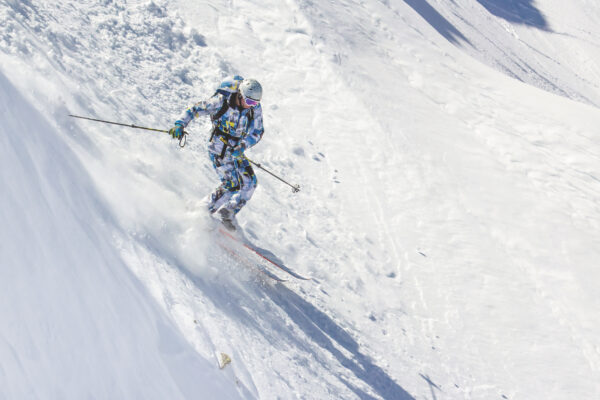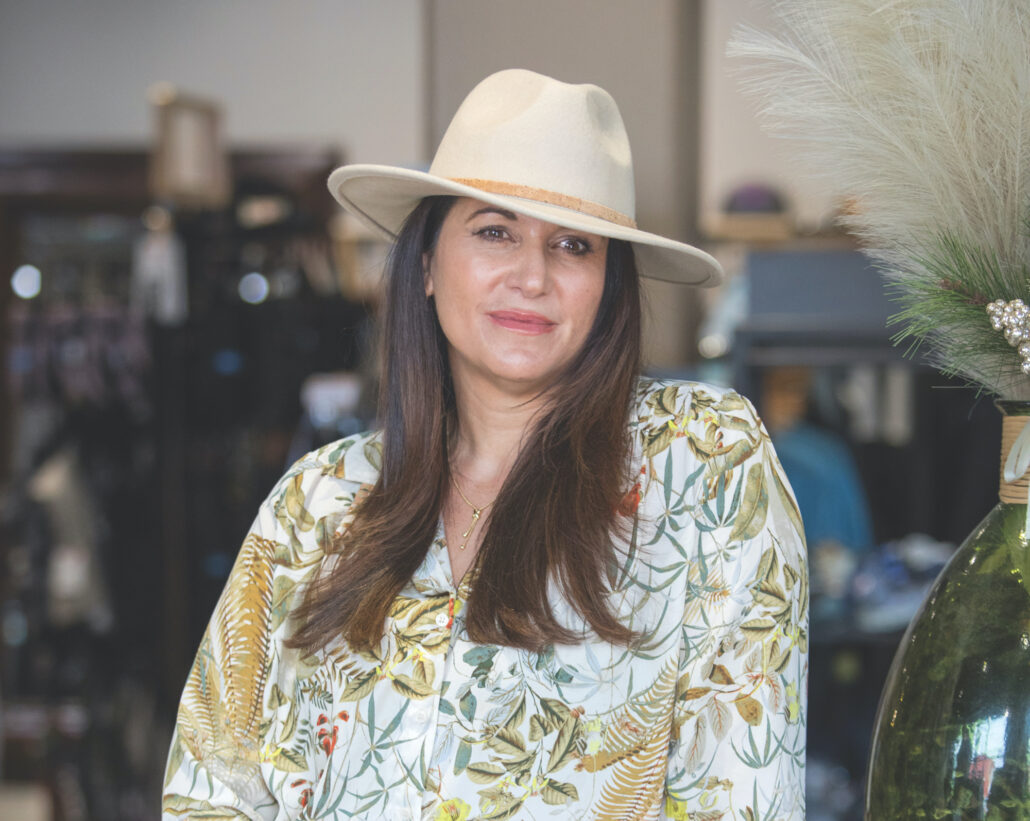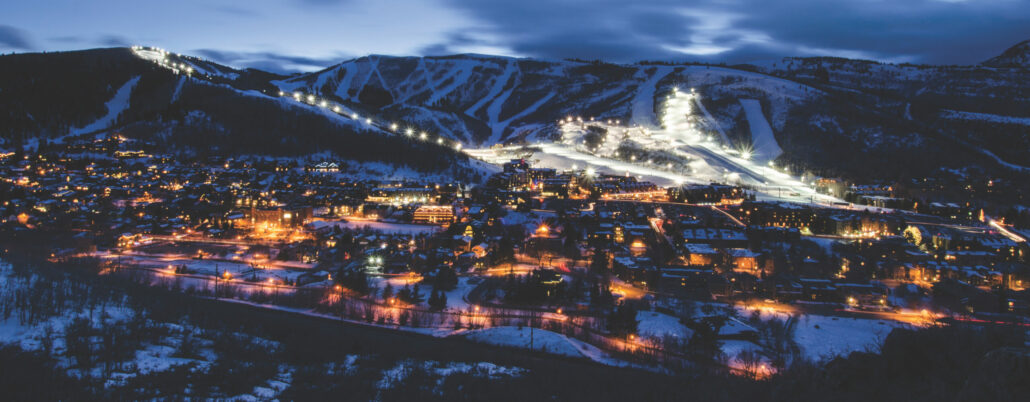
In Park City, being “different” is a plus — and it’s a culture that started long ago
Editor's Note
Winter/Spring 23-24
Written By: Evie Carrick | Images: iStock.com
You can call Park City the black sheep of Utah, eccentric or weird, and chances are no one will bat an eye — least of all Parkites. Park City is used to going against the grain and dancing to the beat of its own drum, and because of it, it’s become a haven for people who also identify as eccentric, weird or batty.
As writer Steve Phillips penned on page 24, Park City’s identity as a black sheep goes way back. In the mid-1800s, Colonel Patrick Connor encouraged his soldiers to take up prospecting in the hopes that “a gold or silver strike would create a boomtown, complete with miners, saloons and brothels. The colonel reasoned that this would horrify the Mormons and perhaps counter their growing influence in the territory.”
His wish was granted in 1868, when some prospecting soldiers found silver above what would become Park City. And just as the colonel hoped, saloons and brothels soon set up shop, forever distinguishing Park City from the rest of the state.
You could argue that Park City’s hardworking, drinking culture hasn’t changed much over the past 150 years — people still work hard for the privilege of living in Park City and a drink is easy to come by. In fact, the culture of Park City is so distinct, we’ve dared to call it an “independent republic,” and paid homage to the off-beat movers and shakers in this issue of the magazine.
Read about Utah’s only professional female boxer, Maryguenn Vellinga, and peek into the zany reality of artists Zafod and Lola Beatlebrox. Learn about the fun-loving culture Todd Fischer has established at Silver Star Ski & Sport — the self-described “greatest ski and bike shop on the planet” — and dive into the history of the Sundance Film Festival, the largest independent film festival in the United States.
Stay independent, Park City!

